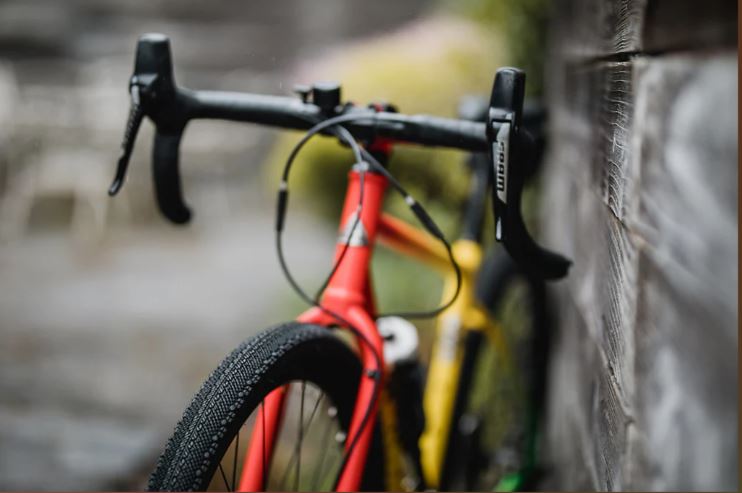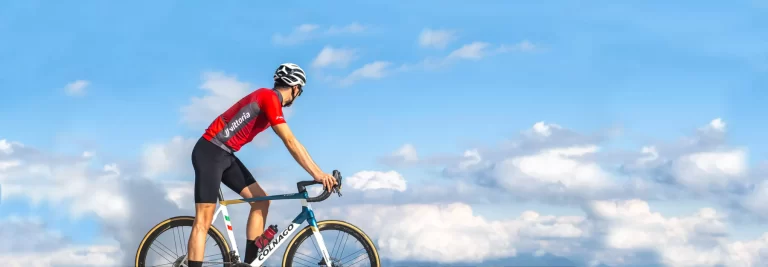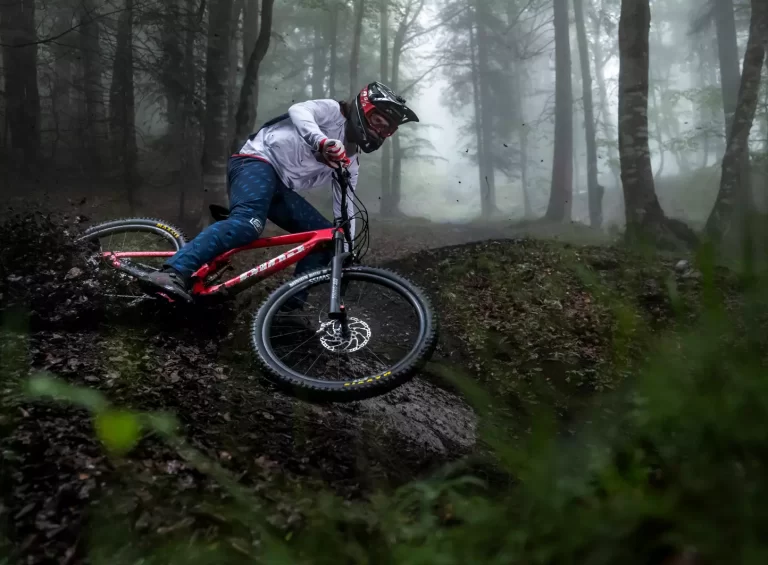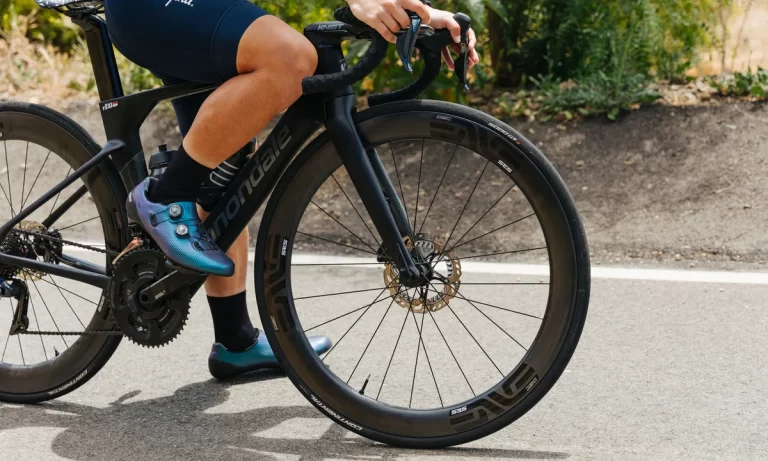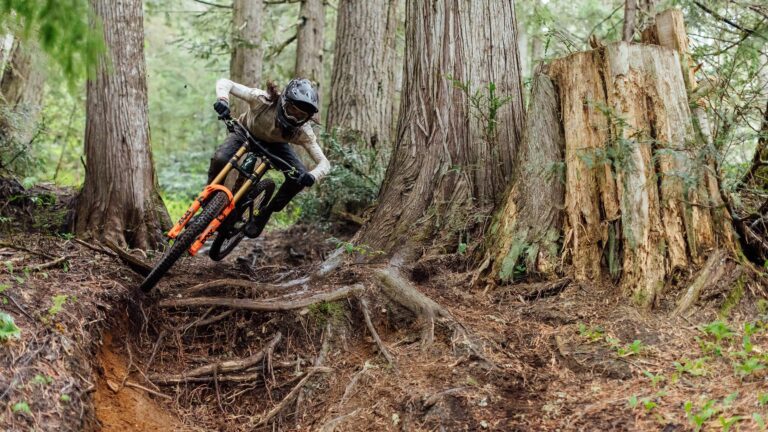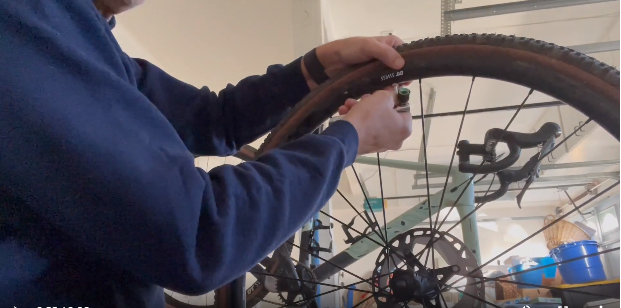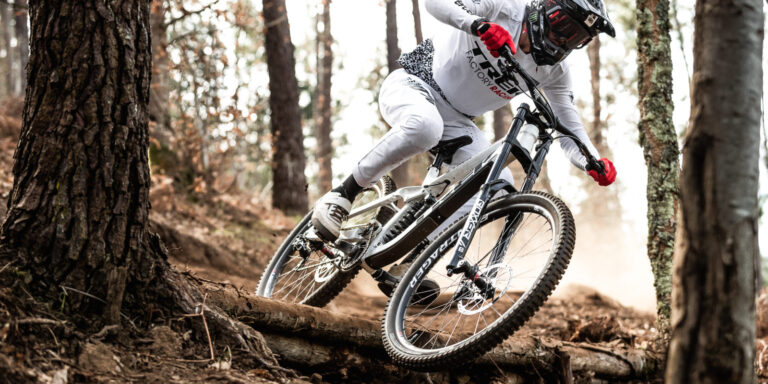Understanding Wear Indicators for Gravel Bike Tires
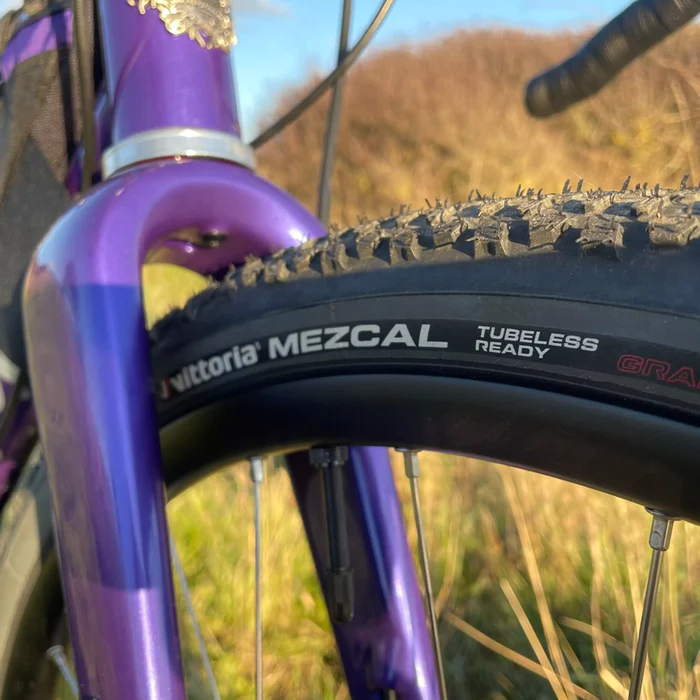
Key Point Summary of Wear Indicators for Gravel Bike Tires:
- Tread Wear: Significant signs of tread flattening or loss of tread pattern.
- Cuts and Gashes: Visible damage to the tire that compromises its integrity.
- Sidewall Damage: Signs of wear, cracking, or exposure of the tire’s internal layers.
- Puncture Frequency: An increase in punctures can indicate compromised tire protection.
Embarking on the journey of gravel biking, from the thrilling descents on mountain trails to the endurance-testing gravel roads and the strategic challenges of cyclocross, has taught me the significance of maintaining my gear, especially the tires. For cyclists, particularly those at the beginner to mid-level, recognizing when to replace gravel bike tires is crucial for ensuring safety, performance, and enjoyment on your rides. This article aims to shed light on wear indicators for gravel bike tires, guiding you through the signs that it’s time for a replacement.
Tread Wear: The First Sign
The tread of your gravel bike tires is designed to provide traction and control across varying surfaces. Over time, the tread will naturally wear down, reducing its effectiveness. A clear sign that it’s time for a replacement is when the tread pattern significantly flattens or when the original tread design is no longer discernible. This wear can lead to reduced grip, especially on loose or wet surfaces, directly impacting your safety and control.
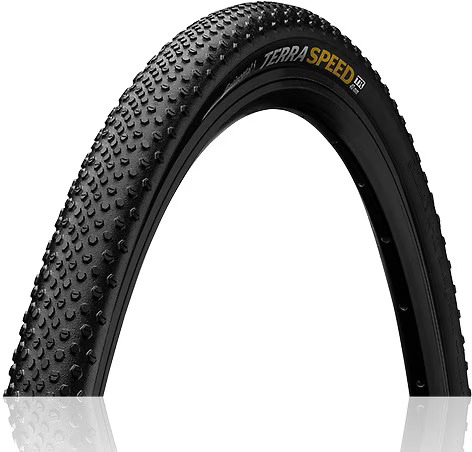
Cuts and Gashes: A Red Flag
Gravel biking by its nature exposes tires to sharp rocks, branches, and debris. Regular inspections might reveal cuts or gashes on the tire. While small punctures can often be sealed or repaired, larger cuts that penetrate the tire’s casing or expose the internal layers are a red flag. Such damage can weaken the tire structure, increasing the risk of a blowout or sudden failure during a ride.
Sidewall Damage: Often Overlooked
The sidewalls of gravel bike tires endure constant flexing and exposure to elements, making them susceptible to wear and damage. Visible signs include cracking, abrasion, or the rubber starting to peel away, exposing the fabric or structural layers beneath. Sidewall damage compromises the tire’s integrity and is a clear indicator that the tire needs replacing to prevent potential accidents.
Puncture Frequency: More Than Bad Luck
An occasional puncture is a part of cycling, but a noticeable increase in puncture frequency could indicate that your tires are worn and no longer provide adequate protection against sharp objects. This can be particularly true for tubeless setups, where the sealant is unable to seal punctures effectively due to compromised tire material.
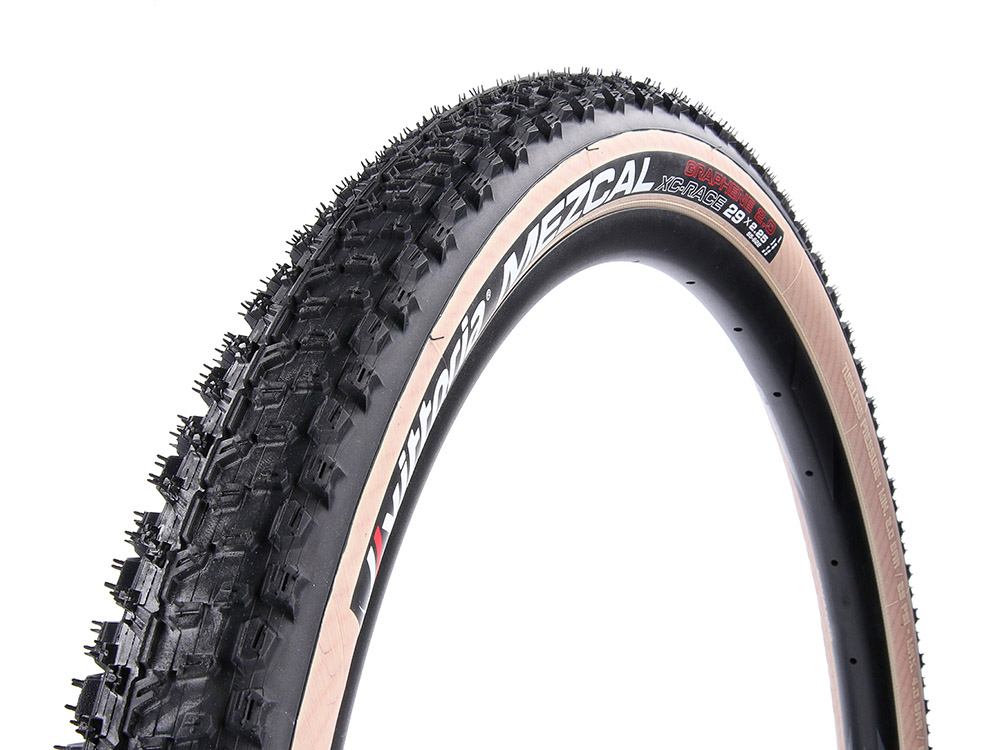
Wrapping Up
For gravel biking enthusiasts, understanding and responding to the wear indicators on your bike tires is essential. Regular inspections and being attuned to changes in ride quality and tire appearance can help you anticipate when replacements are needed, ensuring continuous performance and safety on your rides. Remember, tires are your only contact point with the ground, and their condition is paramount to your overall cycling experience. Keeping an eye on wear indicators allows you to enjoy the adventure and challenges of gravel biking with confidence and peace of mind.
Considering the factors of durability, performance across varied terrains, and the need to recognize wear indicators for timely replacement, the Panaracer GravelKing SK stands out as a top recommendation for the best gravel tire. Its balanced design caters to the demands of gravel biking, offering a robust construction that withstands the rigors of off-road use while providing excellent traction on both loose surfaces and hard-packed roads.
The GravelKing SK features a tread pattern that optimizes grip and control, making it suitable for a wide range of conditions, from dry dirt roads to muddy trails. Its durability is enhanced with a puncture protection layer, helping to extend the tire’s lifespan and reduce the frequency of flats. Moreover, the tire’s construction includes visible wear indicators, aiding cyclists in determining the optimal time for replacement, thus ensuring safety and performance are maintained.
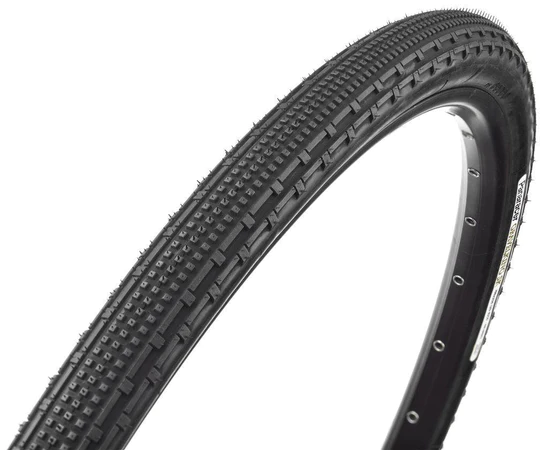
Another excellent option for gravel biking enthusiasts seeking versatility and reliability is the Schwalbe G-One Allround. This tire is renowned for its exceptional performance across a broad spectrum of gravel conditions, from smooth pavement to challenging off-road trails.
The G-One Allround features Schwalbe’s MicroSkin tubeless technology, enhancing puncture resistance and allowing for lower tire pressures for increased comfort and traction. Its well-designed tread pattern ensures efficient rolling on hard surfaces while providing ample grip on loose gravel and dirt, making it a versatile choice for all your gravel adventures.
With its focus on durability, comfort, and all-weather performance, the Schwalbe G-One Allround is a strong contender for riders looking to equip their gravel bikes with tires that can handle the demands of extensive gravel riding and exploration.
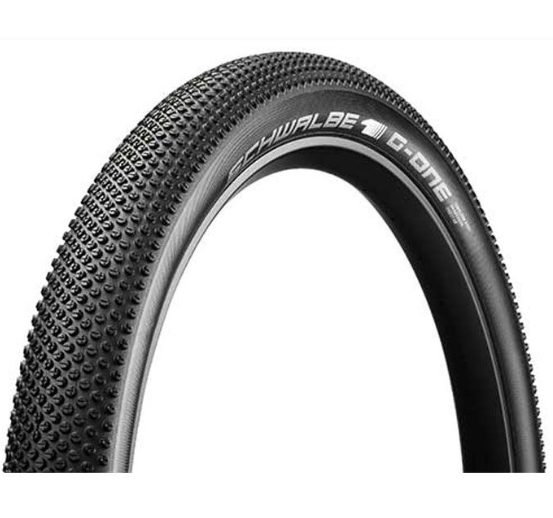
FAQ
When should I replace my gravel bike tires?
Replace your gravel bike tires when you notice significant tread wear, visible cuts or gashes that compromise the tire’s structure, frequent punctures, or any sidewall damage such as cracks or abrasions.
How do you know when your bike tires are worn out?
Look for flattened tread patterns, diminished grip, visible fabric or casing through the rubber, deep cuts, frequent punctures, and any deformation or damage to the sidewalls.
What is the recommended tire pressure for gravel tires?
The ideal tire pressure for gravel tires varies based on rider weight, tire width, and conditions, but generally ranges from 30 to 50 PSI (pounds per square inch). Lighter riders and wider tires can often use lower pressures, while heavier riders or narrower tires may require pressures towards the higher end of this range.
Are 32mm tyres OK for gravel?
Yes, 32mm tires can be suitable for gravel riding, especially on well-packed surfaces or for riders prioritizing speed and efficiency. However, wider tires (35mm-40mm or more) offer better traction, comfort, and stability on rougher, looser gravel surfaces.
